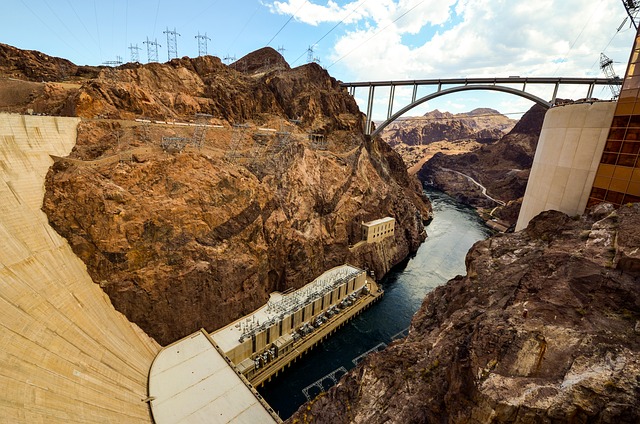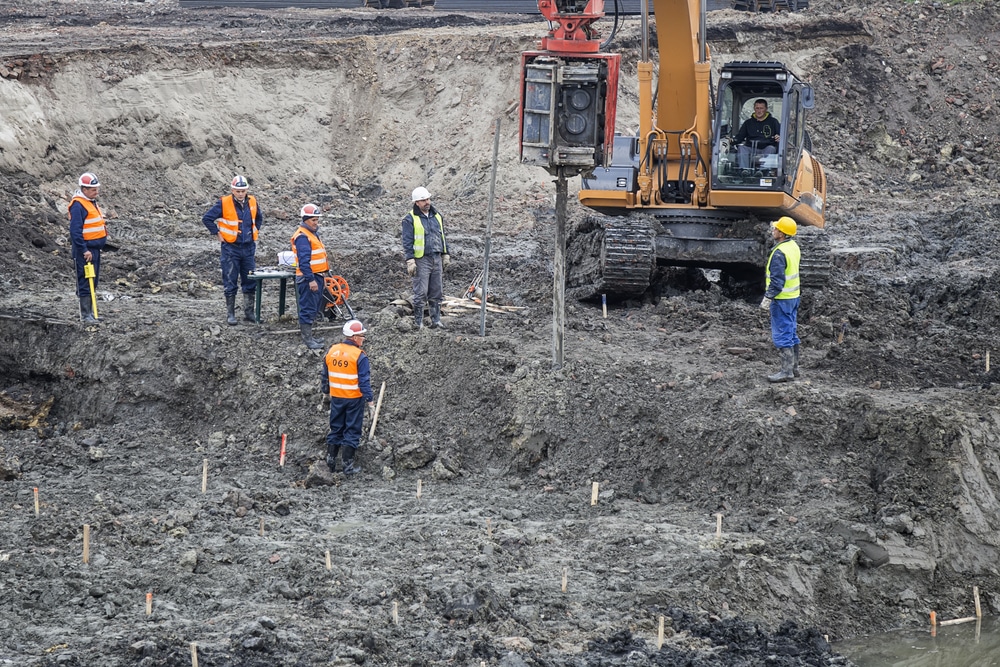Civil Geotechnical Engineering Services for Commercial and Residential Projects
Civil Geotechnical Engineering Services for Commercial and Residential Projects
Blog Article
An In-depth Evaluation of the Solutions Provided by Consulting Engineers in the Field of Geotechnical Engineering: From Site Investigation to Project Execution
Consulting designers in geotechnical engineering play an essential function in the successful execution of building and construction tasks, beginning with detailed website examinations that reveal critical subsurface conditions. Their competence expands to dirt residential property evaluations, ecological effect assessments, and the careful surveillance of task application, making certain alignment with safety and sustainability criteria.
Relevance of Geotechnical Engineering
Geotechnical design is an important discipline that underpins the safety and sustainability of civil framework projects. By understanding the mechanical habits of dirt and rock materials, geotechnical engineers assess the viability of sites for different constructions, including buildings, bridges, and dams. This essential evaluation ensures that frameworks can stand up to ecological aspects and lots without experiencing failing.
The value of geotechnical engineering expands beyond plain architectural safety and security; it additionally incorporates environmental stewardship. Correct geotechnical assessments contribute to lessening the environmental effect of building and construction. With careful examination of dirt buildings and groundwater conditions, designers can create structures and maintaining structures that reduce threats such as erosion and landslides, promoting lasting security.
Furthermore, geotechnical engineering plays a vital duty in job price management. geotechnical works. By identifying potential issues early in the style phase, designers can recommend appropriate solutions, therefore avoiding expensive hold-ups and redesigns throughout building and construction. This proactive technique not only boosts project performance however also dramatically lowers dangers connected with unforeseen website problems
Site Investigation Methods
Efficient website examination strategies are vital for gathering precise information regarding subsurface problems before building. These strategies help with the understanding of the geological and hydrological atmosphere, which is crucial for guaranteeing the security and safety and security of recommended frameworks.
Usual approaches used in site investigations include borehole drilling, which permits designers to extract soil examples at different midsts, providing understandings right into stratification and product kinds. Additionally, geophysical surveys, such as seismic refraction and electric resistivity, offer non-invasive ways to analyze subsurface attributes over larger areas. These techniques can aid determine anomalies without substantial excavation.
Examination pits are an additional useful strategy, supplying direct monitoring of soil layers and enabling in-situ screening. geotechnical works. This strategy is specifically beneficial for shallow excavations and can assist evaluate groundwater degrees. Cone infiltration tests (CPT) are significantly made use of, as they provide continuous profiles of soil resistance, which aids in figuring out dirt toughness and layering.
Each of these methods plays an essential role in developing a detailed understanding of website problems, enabling consulting designers to make informed choices and suggestions throughout the project lifecycle. Precise data collection throughout the website examination phase is critical to mitigating threats and making sure successful task implementation.
Dirt Home Analysis

The assessment procedure typically includes a mix of lab examinations and area examinations. Trick residential properties such as shear strength, compressibility, permeability, and dampness content are reviewed to figure out the dirt's viability for construction objectives. Standard tests, including the Atterberg limitations, Proctor compaction, and triaxial shear examinations, are commonly utilized to gather data on soil habits.
In enhancement to these examinations, in-situ techniques such as the Requirement Infiltration Examination (SPT) and Cone Infiltration Test (CPT) supply beneficial understandings right into dirt stratigraphy and density. The outcomes of these evaluations notify engineers about possible webpage obstacles, such click here to find out more as soil liquefaction or negotiation, allowing them to design suitable mitigation approaches.
Environmental Impact Analysis
Environmental influence examination plays an important role in the preparation and implementation of engineering projects, specifically in geotechnical engineering. This process includes examining the prospective ecological repercussions of proposed tasks on dirt, water, air quality, and bordering ecosystems. Consulting designers utilize various methodologies, including site evaluations, modeling, and field studies, to identify and evaluate these influences.
The analysis usually starts with the recognition of baseline ecological problems, which acts as a referral for forecasting potential adjustments. Engineers evaluate elements such as disintegration, groundwater contamination, and habitat interruption, making certain that all appropriate environmental laws and guidelines are complied with throughout the task lifecycle. Stakeholder interaction is also an important component of the evaluation procedure, as it promotes communication in between project developers, regional neighborhoods, and regulatory bodies.
Furthermore, reduction strategies are established to deal with identified impacts, allowing designers to propose alternatives or alterations to predict designs that improve sustainability. This proactive strategy not only minimizes damaging results on the setting yet likewise advertises public depend on and conformity with environmental legislation. Eventually, reliable ecological impact evaluation enhances the total honesty and viability of geotechnical engineering jobs, sustaining liable development practices.
Task Implementation and Surveillance

Tracking is an essential element of project execution. Designers use various techniques, such as instrumentation and field examinations, to examine dirt behavior and structural reactions in real-time. This continual surveillance enables the identification of any kind of deviations from expected efficiency, enabling timely interventions to mitigate threats.
In addition, seeking advice from designers maintain open interaction with specialists and stakeholders throughout the process. Routine site inspections and development reports make certain that all celebrations are educated about project condition and any type of emerging problems. By fostering partnership and transparency, getting in touch with engineers facilitate a much more efficient execution process, therefore enhancing job end results.
Ultimately, efficient job execution and monitoring not only maintain safety and quality criteria but additionally add to the overall success of geotechnical tasks, ensuring they fulfill their desired functions sustainably and responsibly.

Conclusion
In verdict, the role of getting in touch with engineers in geotechnical design encompasses a crucial series of services that make sure task success. Inevitably, the multifaceted contributions of seeking advice from engineers are important in addressing the intricacies of geotechnical obstacles in contemporary design jobs.
Report this page